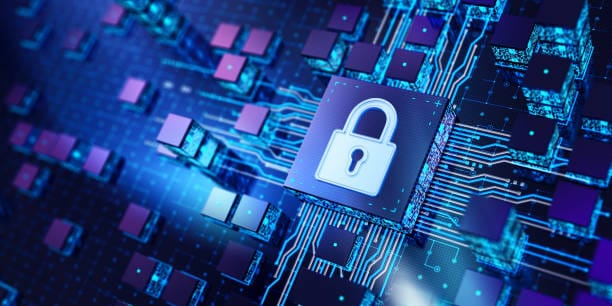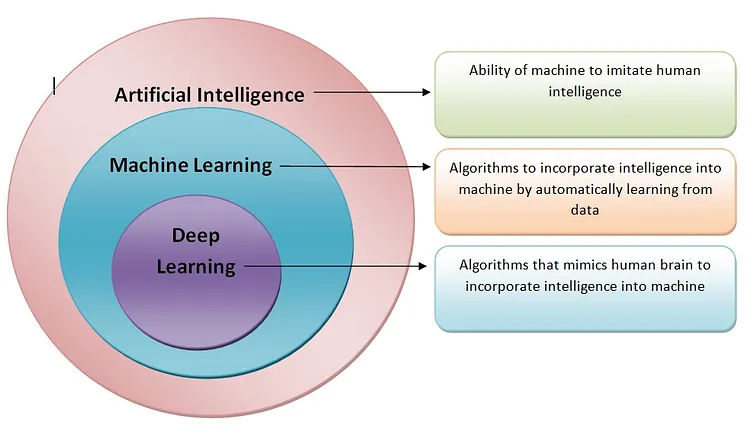In the past, human history was written in stone, paper, and ink. Today, it is written in data — an endless river of numbers, words, images, clicks, and signals flowing every second from our phones, satellites, sensors, and social networks. This river is not just a record of what has happened; it is a living, moving entity that shapes what will happen next. We live in an era where data is not just a byproduct of life — it is the language in which our world speaks.
From the news articles we read, to the routes our navigation apps suggest, to the recommendations streaming platforms make for us, data shapes decisions large and small. Governments use it to plan cities. Scientists use it to predict climate patterns. Doctors use it to detect diseases earlier than ever before. And at the center of this great transformation is the field called Data Science — a discipline that turns raw data into meaning, insight, and action.
To ask What is Data Science? is to ask how humanity has learned to listen to the digital heartbeat of our world, and how we can use that knowledge to create, improve, and protect.
Defining Data Science
At its heart, Data Science is the practice of extracting knowledge from data. It is not merely about storing vast amounts of information or building spreadsheets. It is about uncovering patterns that are invisible to the naked eye, making predictions about the future, and guiding decisions with evidence rather than guesswork.
Data Science is a fusion — a meeting point of mathematics, statistics, computer science, and domain expertise. It takes the rigor of statistics, the power of algorithms, the creativity of problem-solving, and the context of real-world knowledge, and combines them into a single, powerful craft.
Imagine a massive library where the books are not neatly ordered, where some pages are missing, and where half the content is written in code only a few can understand. Data Science is the art and science of organizing that chaos, translating it into something readable, and then using it to tell stories — stories that can be tested, validated, and acted upon.
The Origins of Data Science
Although the term “Data Science” gained mainstream popularity only in the 21st century, the roots of the field go back far further. Long before the digital age, statisticians were using numbers to understand societies, scientists were analyzing measurements to test theories, and engineers were using calculations to design systems.
In the mid-20th century, the rise of computers began to change the scale of what could be analyzed. Suddenly, vast datasets could be processed at speeds impossible for human hands. The 1960s and 1970s saw the birth of data processing, database systems, and early forms of data mining.
By the 1990s, businesses were collecting more information than they could make sense of — transactions, customer behaviors, operational metrics — but lacked the tools to fully utilize it. The explosion of the internet in the late 1990s and early 2000s multiplied the volume of data, and new technologies emerged to handle this tidal wave. It was during this time that the term “Data Science” began to take hold, describing a new breed of professional who could not only manage large datasets but also extract valuable insights from them.
Why Data Science Matters
We live in a time where making the right decision can depend on seeing patterns in oceans of information. Without Data Science, much of the value hidden in data would remain locked away. It matters because it transforms raw, messy numbers into clarity.
Consider modern healthcare: genetic data, patient records, and real-time monitoring from wearable devices generate terabytes of information. Alone, these numbers mean little. But with Data Science, doctors can predict the likelihood of disease, customize treatment plans, and even anticipate health crises before they occur.
In business, companies use Data Science to understand customer behavior, detect fraud, optimize supply chains, and personalize products. Governments use it to detect trends in unemployment, crime, or environmental change, enabling them to respond faster and more effectively.
Without Data Science, we are blind to much of the modern world’s complexity. With it, we can see patterns, predict outcomes, and make choices that are more informed, more precise, and more impactful.
The Data Science Process
Data Science is not a single moment of insight; it is a process — a journey from raw data to actionable knowledge. This journey begins with understanding the problem. What question are we trying to answer? What decision are we trying to improve? The data itself is only as valuable as the problem it helps solve.
Once the question is clear, the search for data begins. This might involve collecting new information through experiments or sensors, or it might mean pulling from existing sources such as databases, public records, or web scraping. The quality of the data is critical — messy, incomplete, or biased datasets can lead to misleading results.
The next step is cleaning and preparing the data, a process that often takes more time than the analysis itself. Outliers must be examined, missing values handled, and variables standardized. This is the stage where a dataset becomes ready for real exploration.
Exploration involves visualizing and summarizing the data to understand its structure and uncover early patterns. This is where statistical intuition meets creativity. Patterns may suggest hypotheses; anomalies may point to errors or unexpected truths.
Modeling comes next — using algorithms to make predictions or detect deeper patterns. This might involve machine learning models, regression analysis, clustering techniques, or neural networks, depending on the problem.
Finally, the results must be interpreted, communicated, and applied. A model that predicts customer churn is useless unless decision-makers understand what drives it and how to act on it. This is why communication is as important in Data Science as coding or mathematics.
The Tools of Data Science
The modern Data Scientist has an arsenal of tools at their disposal, from programming languages like Python and R to platforms for big data processing such as Hadoop and Spark. Visualization tools such as Tableau, Power BI, or Matplotlib turn numbers into charts that humans can quickly understand. Machine learning frameworks like TensorFlow, Scikit-learn, and PyTorch enable the creation of powerful predictive models.
These tools are constantly evolving, but the core skill remains the same: knowing how to use them to turn questions into answers and answers into decisions.
Data Science and Artificial Intelligence
Data Science and Artificial Intelligence (AI) are often mentioned in the same breath, and for good reason. AI systems learn from data, and Data Science provides the methods to prepare, analyze, and interpret that data. Machine learning — a subset of AI — relies on algorithms that improve with experience, which in turn depends on the availability of large, well-structured datasets.
In this way, Data Science and AI are partners in technological progress. Data Science provides the insights and foundations; AI extends those insights into systems that can act autonomously, adapt, and even predict human needs.
Ethics and Responsibility in Data Science
The power of Data Science comes with responsibility. Data is not neutral — it reflects the world, with all its biases, inequalities, and imperfections. If these biases are not recognized, they can be amplified. For example, a predictive policing model trained on biased historical crime data may unfairly target certain communities. A hiring algorithm trained on biased recruitment histories may perpetuate discrimination.
This is why ethics is becoming a central pillar of Data Science. Transparency, fairness, privacy, and accountability must guide the work. The European Union’s GDPR and similar regulations are steps toward protecting individuals in the age of data, but true responsibility lies with the Data Scientists themselves.
The Future of Data Science
The future of Data Science is both exciting and daunting. As the Internet of Things expands, as more of our lives are digitized, and as AI systems grow more sophisticated, the amount of data available will continue to skyrocket. The demand for skilled Data Scientists will only increase.
We are moving toward a world of real-time analytics, where insights are generated and acted upon instantly. Advances in natural language processing, computer vision, and reinforcement learning will open new frontiers for Data Science applications in medicine, energy, education, and beyond.
Yet the human element will remain essential. Tools will evolve, algorithms will improve, but the creativity, curiosity, and critical thinking of Data Scientists will remain at the heart of the field.
The Human Side of Data Science
Behind every algorithm is a human mind asking, What does this mean? Data Science is not just about numbers — it is about stories. It is about finding the heartbeat in the noise, about uncovering the narrative hidden in complexity.
The best Data Scientists are translators — people who can move between the language of data and the language of human needs. They can explain why a model works, what it can predict, and where its limitations lie. They understand that at the end of the day, the purpose of Data Science is not to dazzle with complexity, but to serve with clarity.
Conclusion: A New Literacy for a New Age
In the centuries past, literacy meant the ability to read and write words. In the 21st century, literacy is expanding to include the ability to read and write data. Data Science is the key to this new literacy. It empowers individuals, businesses, and societies to understand the world as it is and to imagine how it might be.
To ask What is Data Science? is to look into a mirror of our own age. It is the science of our time — a science born from our ability to collect, process, and interpret the traces of life that we leave in every interaction, every click, every heartbeat monitored by a device. It is a science that, when guided by curiosity, skill, and ethics, can help us solve humanity’s greatest challenges and unlock our greatest potential.






